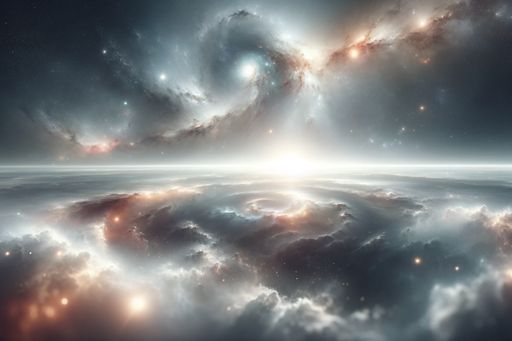The James Webb Space Telescope may have found evidence of the first stars after the Big Bang
Scientists using the James Webb Space Telescope have discovered a clump of helium in the halo of galaxy GN-z11, providing evidence for the existence of the firstborn stars in the early universe.

Discovery of a Clump of Helium
A team of scientists using the James Webb Space Telescope may have found evidence of the first stars that formed after the Big Bang. While studying galaxy GN-z11, which existed when the universe was only 430 million years old, they discovered a clump of helium in the halo surrounding the galaxy. This could be a significant discovery in the field of astrophysics.
The presence of the helium clump suggests that it is fairly pristine, as it is not surrounded by any other elements. This supports the theory that the firstborn stars in the early universe were composed mainly of hydrogen and helium, the primitive materials that emerged from the Big Bang.
Population III Stars
The first stars to have formed in the early universe are known as Population III stars. These stars are believed to have been very massive, luminous, and hot. They should have been composed purely of the materials from the Big Bang, before the existence of any metals.
The name "Population III" originated from the classification of stars in the 1940s, when stars were divided into two categories: those rich in metals and those poor in metals. Population III stars were theorized to be a yet-to-be-seen third population, made up of stars that had not been influenced by previous generations of stars.
The Role of Stars in Element Production
Stars play a crucial role in producing elements in the universe. The cores of stars act as element factories, creating heavy elements through processes like nucleosynthesis. These elements are then dispersed into interstellar space through supernova explosions.
The dispersal of heavy elements allows for the formation of new generations of stars and planets. However, scientists are still working to understand the early stages of this process. Studying the first stars in the universe, such as the Population III stars, can provide valuable insights into the origins of elements and the early evolution of galaxies.



